2024 May 7
Hello hello! It’s almost time for the insect bioblitz in the Garry Oak Meadows at Uplands Park & Cattle Point.
I have some details to share with you.
- FOOD & DRINKS! We will have refreshments for participants on Saturday between 12-2 at the picnic area in the grassy field on Beach Drive, across from the Uplands entrance. So look for insects before or after & join us for a break and social time.
- Parking. Park at Cattle Point in the upper or lower lot, or along Beach Drive on either side of the road. DO NOT put one wheel on the curb to try to save space in the road. You may think you are being considerate of drivers, but you may get a ticket.
- Tread Lightly. It is the height of the bloom of camas and other wildflowers; others may be just starting to emerge from the ground. Uplands Park is home to endangered species. Please be careful where you step and try to keep to the trails and/or walk on the rocks as much as possible.
- Night access. We have permission from Oak Bay Parks to be at the park at night. So feel free to set up black lights.
- YOU’RE INVITED! As part of World Migratory Bird Day’s theme: Protect Insects, Protect Birds, we welcome you to join us on a free guided bird walk led by Geoffrey and David Newell on Sunday at 4 pm, with a focus on insectivores. Meet at the park entrance at Dorset Rd and Lincoln St. Parking available there and along Dorset.
- PRIZES. We will have prizes for the most insect species observed in iNaturalist, the most insects identified in iNat, and a Judge’s choice award for best photo and/or coolest observation.
- SHARE! Bring a friend, tell a friend, make a friend. Feel free to use this Journal to make plans and let others know when you will be heading to the park. We hope this will be a place where we can come together as a community to share and learn from one another.
- Questions? Feel free to be in touch with me (Stephanie) through iNaturalist or by email: srweinstein2@gmail.com
Posted on May 07, 2024 11:21 PM by srweinstein | 0 comments | Leave a comment
4 day countdown to insect bioblitz
Hello iNatters, Entomophiles & Garry Oak ecosystems-Kwetlal food system afficionados,
Friends of Uplands Park is happy to host another insect bioblitz at Uplands Park & Cattle Point. The Garry oak meadows are in their wildflower glory, beaconing all the pollinators and other insect visitors. And if that weren’t enough of a reason – it is also World Migratory Bird Day with this year’s theme being “Protect Insects, Protect Birds”: https://www.migratorybirdday.org/conservation-theme/ highlighting the critical importance of insects to birds. (And to everything and everyone, really.) So come celebrate flowers & birds as well as the amazing insect diversity with this insect bioblitz that will help us to understand insect diversity through the seasons in the Garry Oak ecosystems. We will have prizes! And a community hub/food table reception & more! Details to follow soon.
Hope to see you soon!
Stephanie
srweinstein2@gmail.com
Note from Jeremy Tatum. All who are interested in insects are invited to take part in this Insect Bioblitz. Remember, however, that identifications are expected to be research level reliability, so please don’t submit long lists of unidentified insects or identifications you are not sure of. If you have a good photograph (high resolution, showing fine details) of insects you are unsure of, I can try to identify it or find someone who can, though I may not have time to deal with large numbers of such photographs.
Jeremy Tatum sends a photograph of a young (third instar?) caterpillar of a snout moth, Hypena californica, from nettle near Blenkinsop Lake.
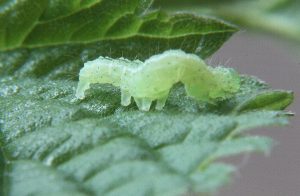 Hypena californica (Lep.: Erebidae – Hypeninae) Jeremy Tatum
Hypena californica (Lep.: Erebidae – Hypeninae) Jeremy Tatum
Following are a varied collection of invertebrates photographed by Ian Cooper in the last couple of nights.
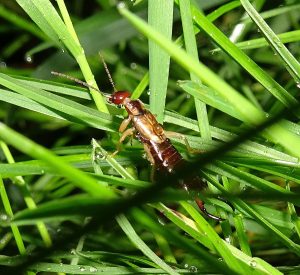 Male Earwig Forficula auricularia (Derm.: Forficulidae) Ian Cooper
Male Earwig Forficula auricularia (Derm.: Forficulidae) Ian Cooper
The female earwig has straight cerci.
The next insect is obviously an earwig, and presumably a young F. auricularia. But, writes Jeremy Tatum, I am not sufficiently familiar with earwigs to be certain that it is not some other species.
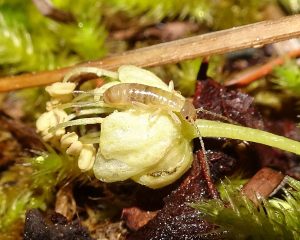 Earwig (Derm.: Forficulidae) Ian Cooper
Earwig (Derm.: Forficulidae) Ian Cooper
 Probably female Dung Fly Scathophaga stercoraria (Dip.: Scathophagidae) Ian Cooper
Probably female Dung Fly Scathophaga stercoraria (Dip.: Scathophagidae) Ian Cooper
Dr Philip Bragg identified the harvestmen below for us.
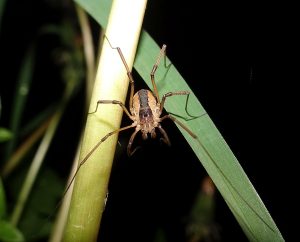 Protolophus sp. (Opiliones: Protolophidae) Ian Cooper
Protolophus sp. (Opiliones: Protolophidae) Ian Cooper
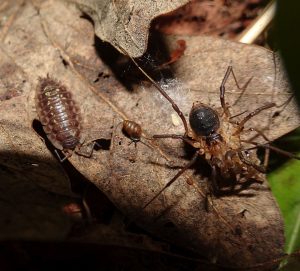 Left: Oniscus asellus (Isopoda: Oniscidae)
Left: Oniscus asellus (Isopoda: Oniscidae)
Centre: Lauria cylindracea– (Pul.: Lauriidae)
Right: probably Protolophus niger (Opiliones: Protolophidae)
Behind the camera: Ian Cooper
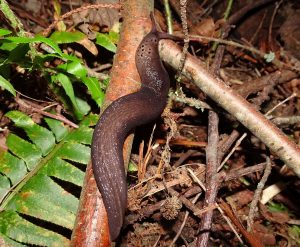 Limax maximus (Pul.: Limacidae) Ian Cooper
Limax maximus (Pul.: Limacidae) Ian Cooper
Of the slug below, Robert Forsyth writes: It’s Prophysaon. I think it is a pale form of P. foliolatum.
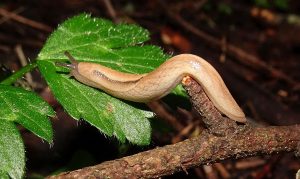 Prophysaon (probably foliolatum) (Pul.: Arionidae) Ian Cooper
Prophysaon (probably foliolatum) (Pul.: Arionidae) Ian Cooper
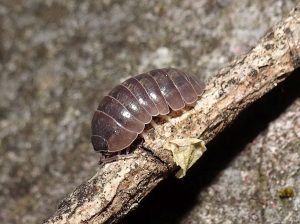 Armidillidium vulgare (Isopoda: Armadillidiidae) Ian Cooper
Armidillidium vulgare (Isopoda: Armadillidiidae) Ian Cooper
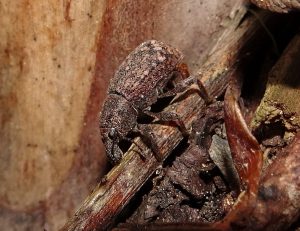 Dyslobus decoratus (Col.: Curculionidae) Ian Cooper
Dyslobus decoratus (Col.: Curculionidae) Ian Cooper
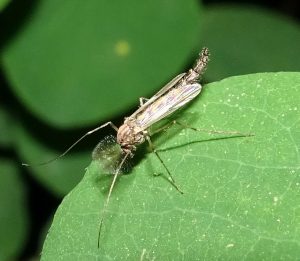 Non-biting midge (Dip.: Chironomidae) Ian Cooper
Non-biting midge (Dip.: Chironomidae) Ian Cooper
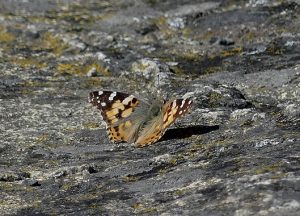 Painted Lady Vanessa cardui (Lep.: Nymphalidae) Aziza Cooper
Painted Lady Vanessa cardui (Lep.: Nymphalidae) Aziza Cooper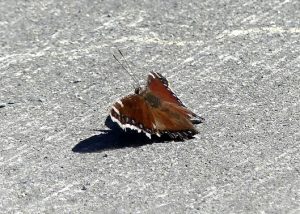 Mourning Cloak Nymphalis antiopa (Lep.: Nymphalidae) Aziza Cooper
Mourning Cloak Nymphalis antiopa (Lep.: Nymphalidae) Aziza Cooper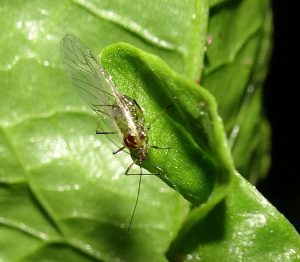 Probably an aphid (Hem.: Aphididae) Ian Cooper
Probably an aphid (Hem.: Aphididae) Ian Cooper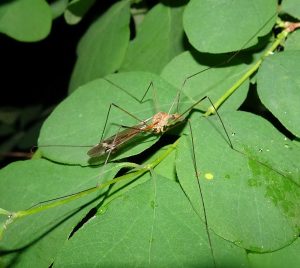 Probably a crane fly (Dip.: Tipulidae) Ian Cooper
Probably a crane fly (Dip.: Tipulidae) Ian Cooper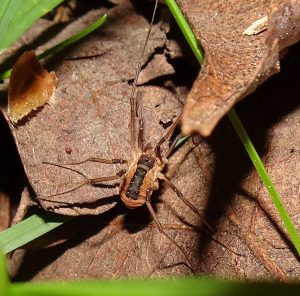 Harvestman Protolophus sp. (Opiliones: Protolophidae) Ian Cooper
Harvestman Protolophus sp. (Opiliones: Protolophidae) Ian Cooper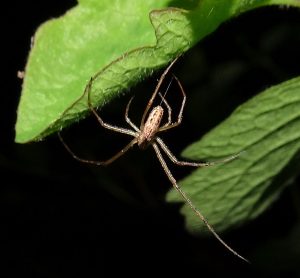 Tetragnatha versicolor (Ara.: Tetragnathidae) Ian Cooper
Tetragnatha versicolor (Ara.: Tetragnathidae) Ian Cooper
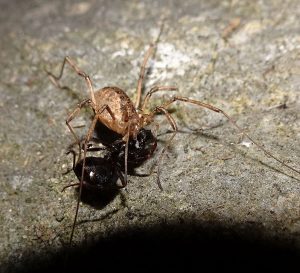 Harvestman (Protolophus sp.) feeding on what may be an ant. Ian Cooper
Harvestman (Protolophus sp.) feeding on what may be an ant. Ian Cooper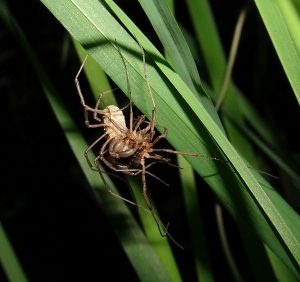 Harvestman apparently feeding upon another harvestman. Ian Cooper
Harvestman apparently feeding upon another harvestman. Ian Cooper Chrysophana placida (Col.: Buprestidae) Ian Cooper
Chrysophana placida (Col.: Buprestidae) Ian Cooper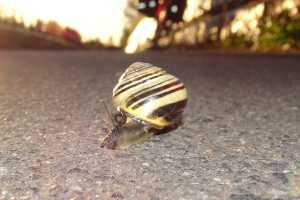 Cepaea nemoralis (Pul.: Helicidae) Ian Cooper
Cepaea nemoralis (Pul.: Helicidae) Ian Cooper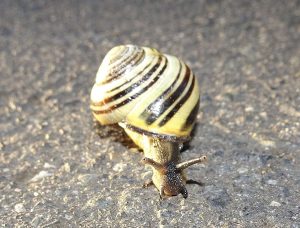 Cepaea nemoralis (Pul.: Helicidae) Ian Cooper
Cepaea nemoralis (Pul.: Helicidae) Ian Cooper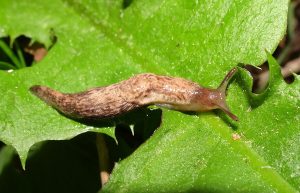 Deroceras reticulatum (Pul.: Agriolimacidae) Ian Cooper
Deroceras reticulatum (Pul.: Agriolimacidae) Ian Cooper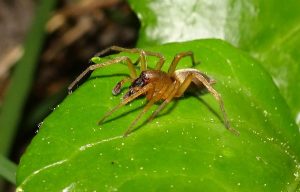 Clubiona sp. (Ara.: Clubionidae) Ian Cooper
Clubiona sp. (Ara.: Clubionidae) Ian Cooper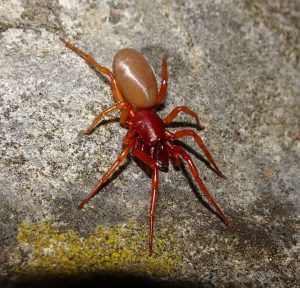 Woodlouse Hunter Spider – Dysdera crocata (Ara.: Dysderidae) Ian Cooper
Woodlouse Hunter Spider – Dysdera crocata (Ara.: Dysderidae) Ian Cooper Hypena californica (Lep.: Erebidae – Hypeninae) Jeremy Tatum
Hypena californica (Lep.: Erebidae – Hypeninae) Jeremy Tatum Male Earwig Forficula auricularia (Derm.: Forficulidae) Ian Cooper
Male Earwig Forficula auricularia (Derm.: Forficulidae) Ian Cooper Earwig (Derm.: Forficulidae) Ian Cooper
Earwig (Derm.: Forficulidae) Ian Cooper Probably female Dung Fly Scathophaga stercoraria (Dip.: Scathophagidae) Ian Cooper
Probably female Dung Fly Scathophaga stercoraria (Dip.: Scathophagidae) Ian Cooper Protolophus sp. (Opiliones: Protolophidae) Ian Cooper
Protolophus sp. (Opiliones: Protolophidae) Ian Cooper Left: Oniscus asellus (Isopoda: Oniscidae)
Left: Oniscus asellus (Isopoda: Oniscidae) Limax maximus (Pul.: Limacidae) Ian Cooper
Limax maximus (Pul.: Limacidae) Ian Cooper Prophysaon (probably foliolatum) (Pul.: Arionidae) Ian Cooper
Prophysaon (probably foliolatum) (Pul.: Arionidae) Ian Cooper Armidillidium vulgare (Isopoda: Armadillidiidae) Ian Cooper
Armidillidium vulgare (Isopoda: Armadillidiidae) Ian Cooper Dyslobus decoratus (Col.: Curculionidae) Ian Cooper
Dyslobus decoratus (Col.: Curculionidae) Ian Cooper Non-biting midge (Dip.: Chironomidae) Ian Cooper
Non-biting midge (Dip.: Chironomidae) Ian Cooper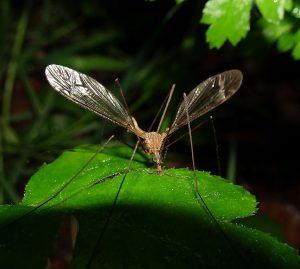 Crane fly (Dip.: Tipulidae) Ian Cooper
Crane fly (Dip.: Tipulidae) Ian Cooper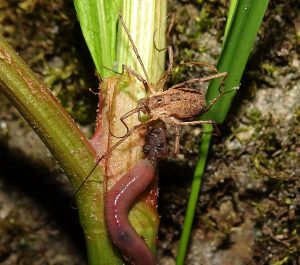 Harvestman Protolophus sp. (Opiliones: Protolophidae) with earthworm. Ian Cooper
Harvestman Protolophus sp. (Opiliones: Protolophidae) with earthworm. Ian Cooper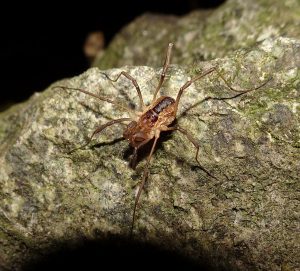 Harvestman Protolophus sp. (Opiliones: Protolophidae) Ian Cooper
Harvestman Protolophus sp. (Opiliones: Protolophidae) Ian Cooper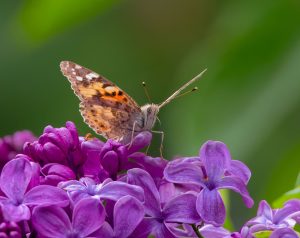 Painted Lady Vanessa cardui (Lep.: Nymphalidae) Gordon Hart
Painted Lady Vanessa cardui (Lep.: Nymphalidae) Gordon Hart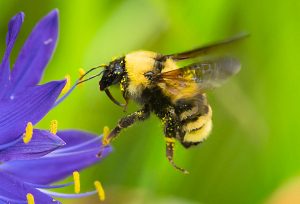 Queen Bombus fervidus californicus (Hym.: Apidae) Gordon Hart
Queen Bombus fervidus californicus (Hym.: Apidae) Gordon Hart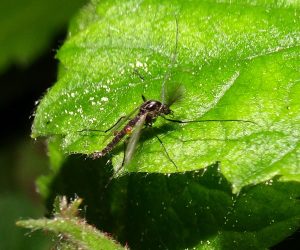 Non-biting midge (Dip.: Chironomidae) with
Non-biting midge (Dip.: Chironomidae) with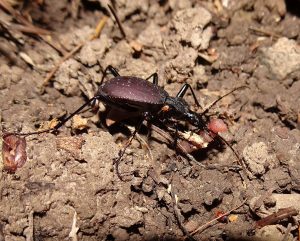 Scaphinotus angusticollis (Col.: Carabidae) Ian Cooper
Scaphinotus angusticollis (Col.: Carabidae) Ian Cooper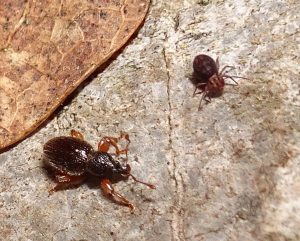 Left: Hairy Spider Weevil Barypeithes pellucidus (Col.: Curculionidae)
Left: Hairy Spider Weevil Barypeithes pellucidus (Col.: Curculionidae)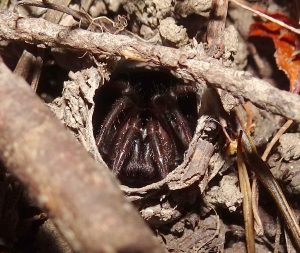 Antrodiaetus pacificus (Ara. – Myg: Antrodiaetidae)
Antrodiaetus pacificus (Ara. – Myg: Antrodiaetidae)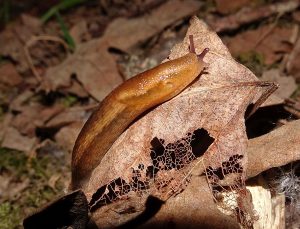 Arion subfuscus (Pul.: Arionidae) Ian Cooper
Arion subfuscus (Pul.: Arionidae) Ian Cooper